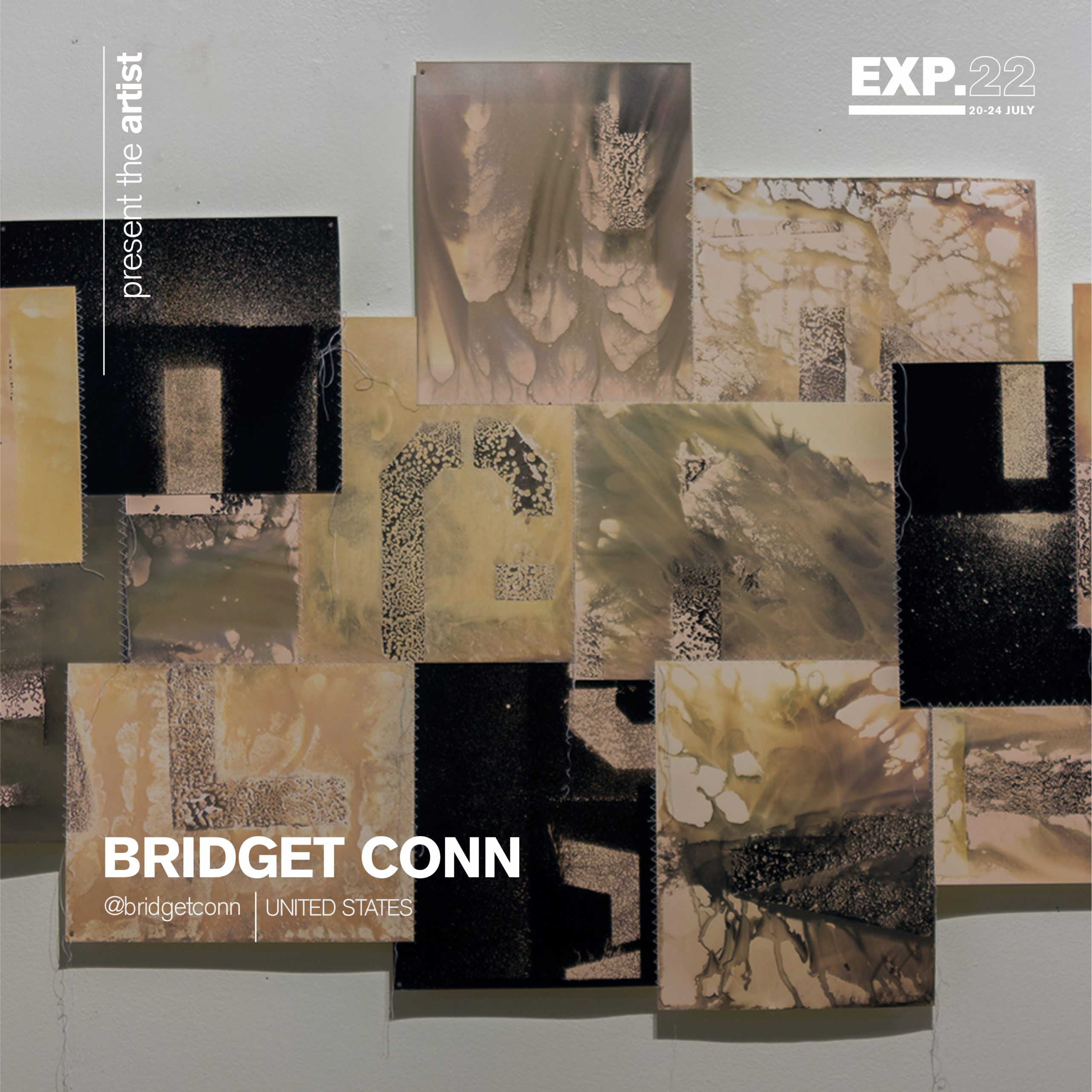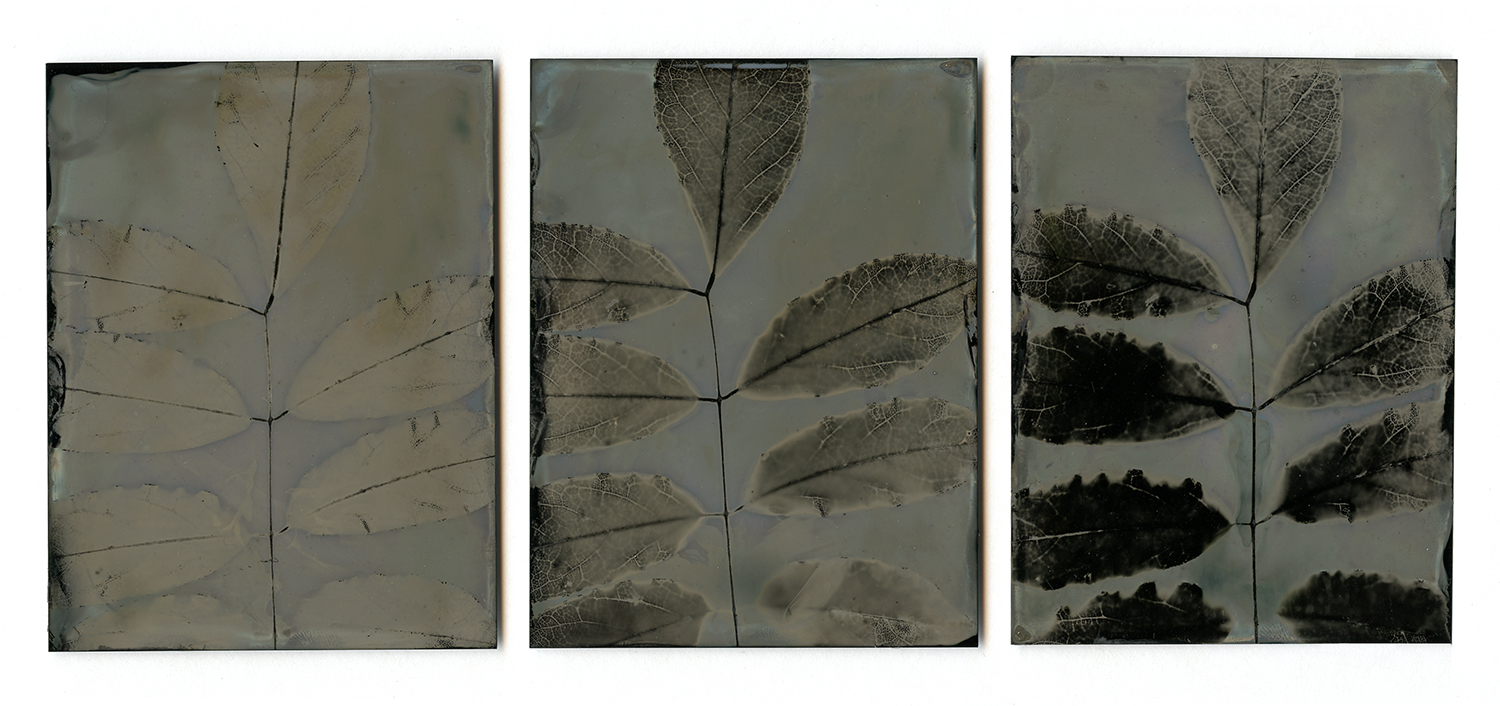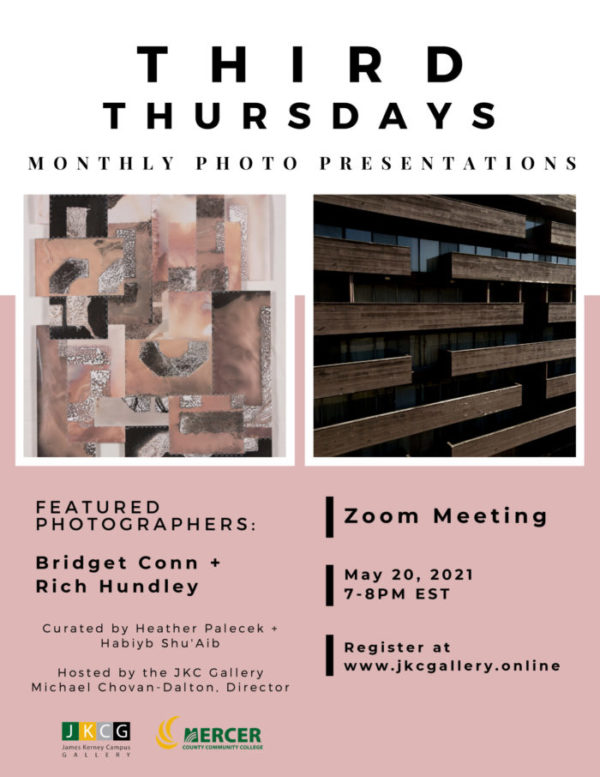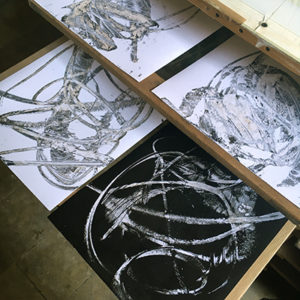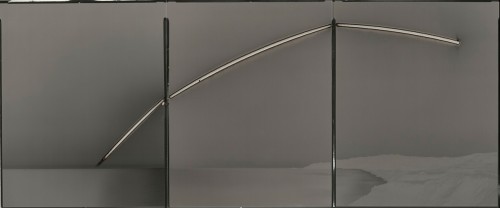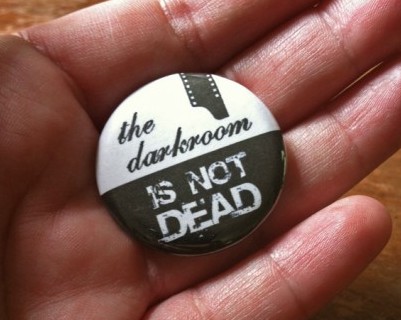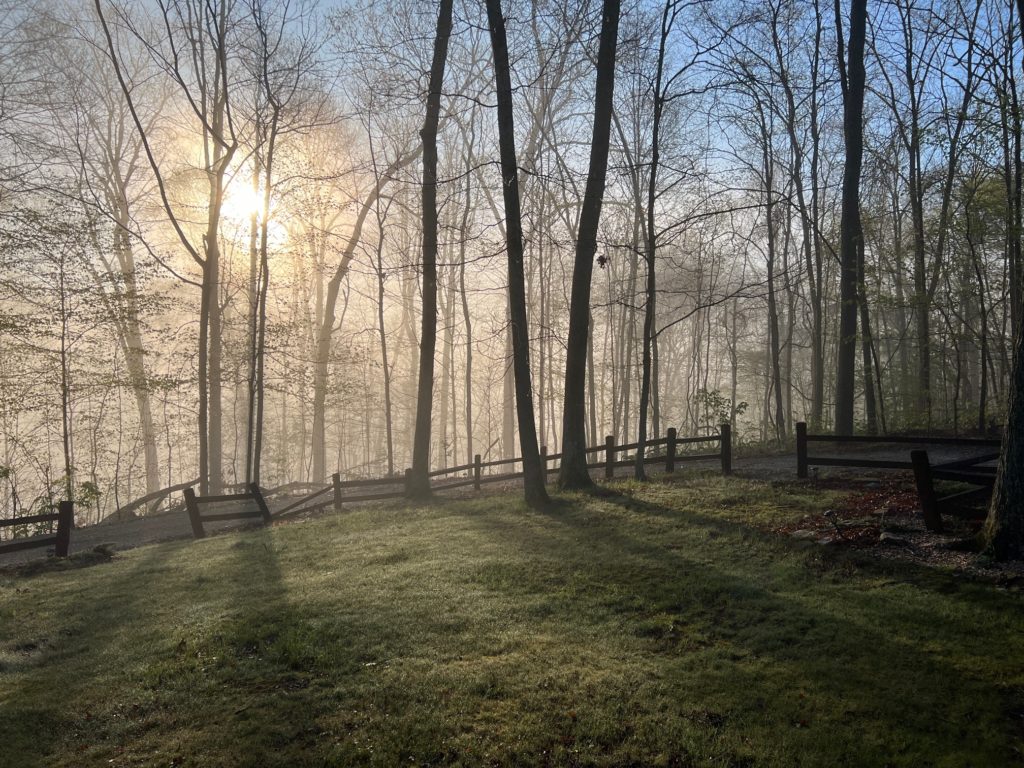
I don’t love that I can blink and a year flies by. But here we are.
A year ago, I had no concept that this small rural town in south central Indiana where I now live even existed, let alone that it would be a geography in which I could feel fulfilled. But here I am.
To say I have a lot of opinions and feelings about the current state of higher education in the United States would be an understatement. I still strongly identify as an educator, but higher education needs a revolution that likely will not come. As university administrators across the nation take notes from the playbook of the dismantling of New College of Florida, everything I’ve understood higher ed to be my whole life is burning to the ground.
I’ve instead become more curious about what can possibly arise from its ashes. As college evolves to become synonymous with “job training”, what new educational models can teach curiosity, critical thinking, playfulness, exploration, and experimentation? What can we call the new “thing” that takes the place of what college once was – a place to safely make mistakes, to attain knowledge that meaningfully impacts the student’s life and the lives of others – and not just teaches them to mold themselves into a particular shape that fits that shape’s hole?
I’m hoping this patch of land across these rolling hills can eventually provide some answers. In the summer of 2022, when my husband’s place of employment suddenly shut its doors without warning, I found myself verbalizing to anyone and everyone the wish for the space we have found here in this unexpectedly beautiful part of the US. Right now I am still in the process of taking it all in – letting our grass go to seed, identifying birds, decompressing from years of watching my work as an educator be slowly and actively dismantled, enjoying a distinct lack of oppressive heat and humidity, and learning to be more present in the moment. My studio and workspaces are coming together slowly and in pieces. It’s another practice in patience, as I realize that my studio in Savannah also took years to build into an efficient space. Patience, indeed.
But there’s a pole barn here that can fit a whole lot of enlargers in it, and a lot of space for visitors to roam.
